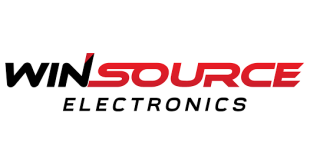“As the number of electronic control units in the car is growing, there is an increasing need for LIN nodes in networks, creating pressure for manufacturers to respond to larger system complexity,” says Toni Versluijs, vice president and general manager, In-Vehicle Networking, NXP Semiconductors. “We developed the TJA1022 in collaboration with major automotive manufacturing customers around the world, responding to their needs for a product which would offer more functionality in a smaller footprint.”
The device offers module suppliers the possibility to further reduce design costs by eliminating the need for an external protection diode due to intrinsic ESD protection of the transceivers. The TJA1022 is LIN 2.0, LIN 2.1, LIN 2.2 and SAE J2602-compliant, as well as compatible with K-Line. It is also fully software and pin-compatible with other NXP LIN products including the TJA1027, and thus supports a flexible, scalable platform approach.
For convenience, the new transceiver is available in two package variants: an SO14 package and an HVSON14 package. The HVSON (Plastic thermal enhanced very thin small outline package; no leads) packages are the next step in evolution of packages for automotive in-vehicle networking transceivers, while the leadless dark green RoHS (halogen free and Restriction of Hazardous Substances) packages are compliant with improved Automated Optical Inspection (AOI) capability. Both packages are automotive-qualified according to AEC-Q100 grade 1.
 CIE Components in Electronics
CIE Components in Electronics



